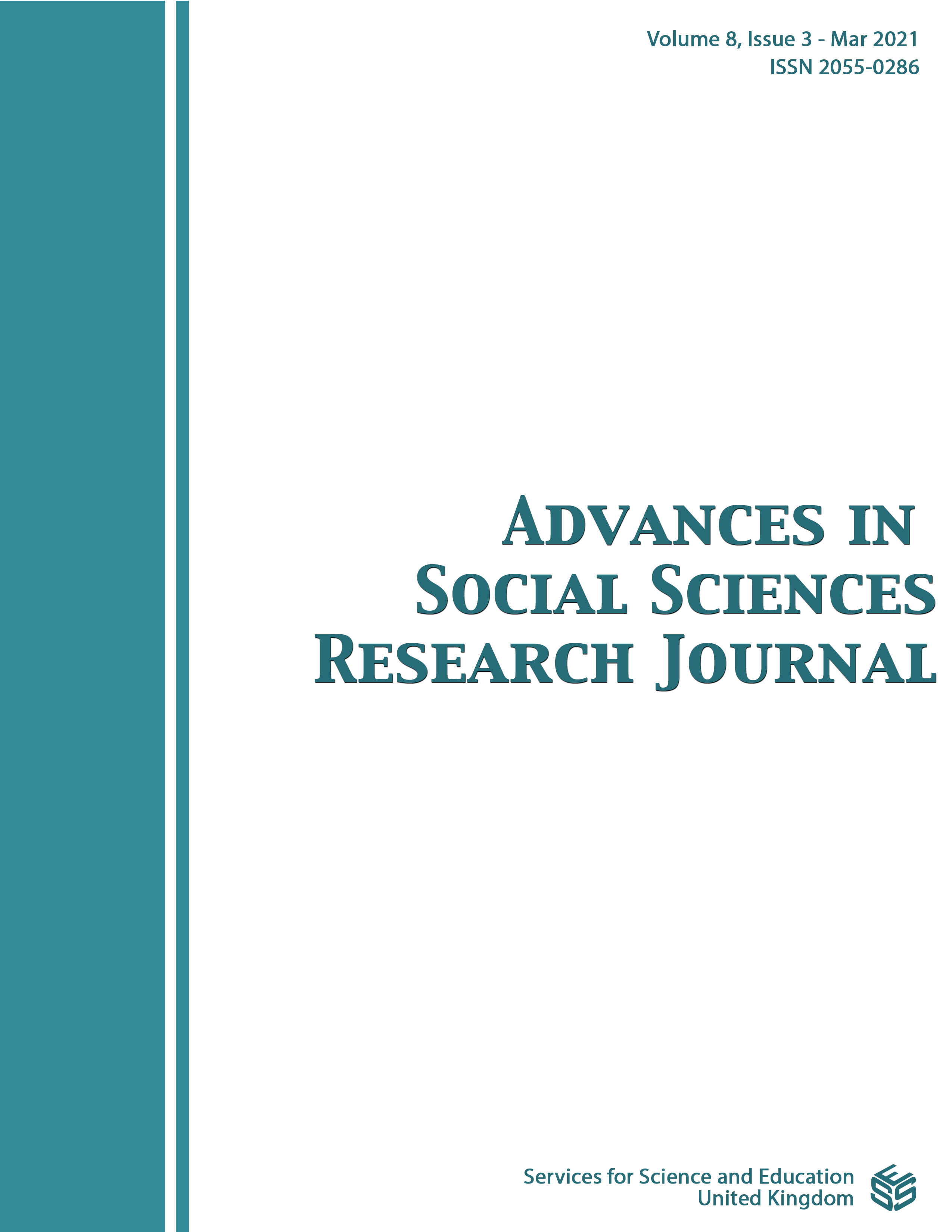Real-time detection and motivation of eating activity in elderly people with dementia using Pose Estimation with TensorFlow and OpenCV.
DOI:
https://doi.org/10.14738/assrj.83.9763Keywords:
Automatic detection, human activity, eating detection, neurodegenerative disorders, assistive technology, Pose Estimation with TensorFlow and OpenCV.Abstract
The objective of this research is to automatically detect the intake of meals for elderly people with dementia living alone by using a Pose Estimation procedure with TensorFlow and OpenCV.
Such service based on an Artificial Intelligence product will require minimum intervention of the caregiver or a person as medical support.
We proposed a method for the automatic eating activity detection. We will use this approach for human activity detection in general, for instance monitoring the security and the protection of the patient, automatic motivation of the patient to eat in case no eating detection has been done.
The choice of appropriate AI assistive technology was done to satisfy both the elderly people with neurodegenerative disorders and the caregiver, to verify the ethical aspect, simplify design, optimize code, and improve user friendly aspects.
References
2. https://www.pyimagesearch.com/2017/04/03/facial-landmarks-dlib-opencv-python/
3. One Millisecond Face Alignment with an Ensemble of Regression Trees Vahid Kazemi and Josephine Sullivan KTH, Royal Institute of Technology Computer Vision and Active Perception Lab Teknikringen 14, Stockholm, Sweden {vahidk,sullivan}@csc.kth.se
4. Real Time Activity Recognition with accelerometer and gyroscope sensor (MYO) https://medium.com/softmind-engineering/real-time-activity-recognition-with-accelerometer-and-gyroscope-sensor-myo-663cda8536e6
5. https://github.com/hiukim/myo-activity-track?files=1
6. Belinda Bennett,a Fiona McDonald,a Elizabeth Beattie,b Terry Carney,c Ian Freckelton,d Ben Whitea & Lindy Willmotta Assistive technologies for people with dementia: ethical considerations, Bull World Health Organ 2017;95:749–755 | doi: http://dx.doi.org/10.2471/BLT.16.187484
7. Zhe Cao, Tomas Simon, Shih-En Wei, Yaser Shikh, Realtime Multi-Person 2D Pose Estimation using Part Affinity Fields, https://arxiv.org/pdf/1611.08050.pdf
8. HTML Code of Position Estimation: https://gist.github.com/mohdsanadzakirizvi/ce95bcb560eeae899ff6852fda8757a6
9. Subharshan Chandrs Babu, A 2019 guide to human pose estimation with deep learning. https://nanonets.com/blog/human-pose-estimation-2d-guide/
10. Jing Xu, Rémy Houssin, Emannuel Caillaud, Mickaël Gardoni, Fostering continuous
innovation in design with an integrated knowledge management approach, Computers inindustry , Volume 62, Issue 4, May 2011, Pages 423-436
11. Reda Benhani, Mhamed Nour. Rapport de Stage distant au Laboratoire Lima, UQO avec Étudiant de L’Institut nationale des Statistiques et d’Économie Appliquée, Rabat Maroc. Décembre 2020.
12. Bharath K, how to get started with Google Text-to-Speech using Python A brief introduction to text-to-speech conversion from scratch
Downloads
Published
How to Cite
Issue
Section
License
Authors wishing to include figures, tables, or text passages that have already been published elsewhere are required to obtain permission from the copyright owner(s) for both the print and online format and to include evidence that such permission has been granted when submitting their papers. Any material received without such evidence will be assumed to originate from the authors.






